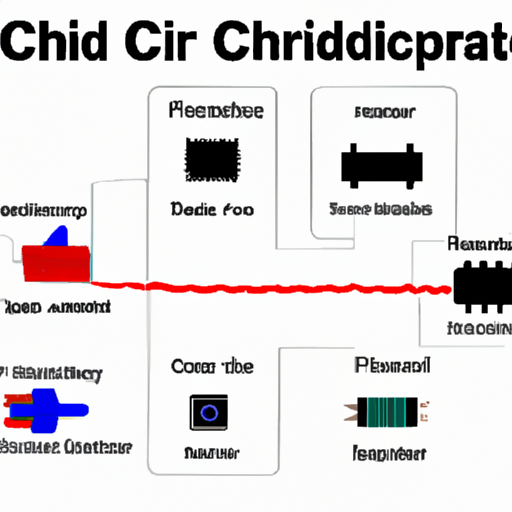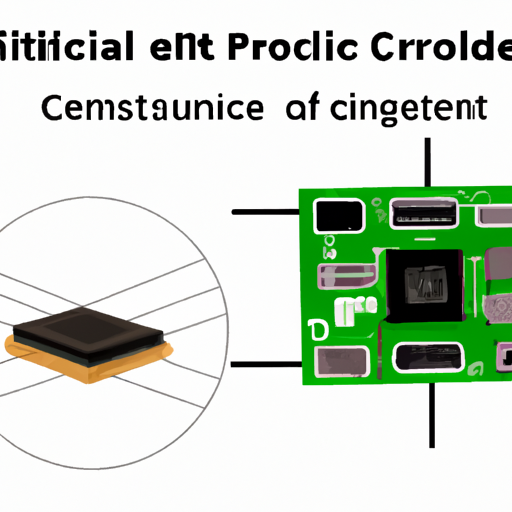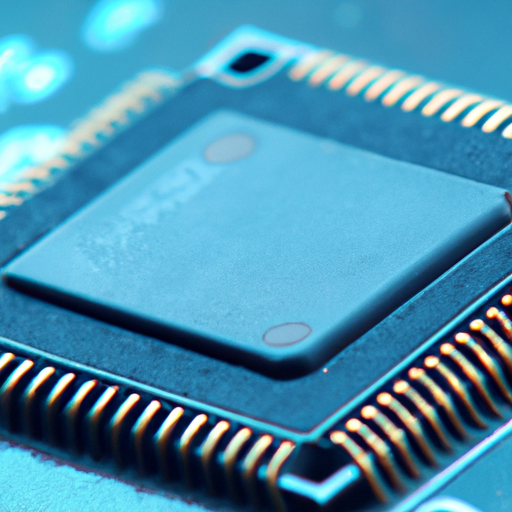What Industry Products Does Integrated Circuit Equipment Belong To?
I. Introduction
In the realm of modern technology, integrated circuits (ICs) serve as the backbone of countless devices and systems. Integrated circuit equipment refers to the specialized machinery and tools used in the manufacturing and testing of these essential components. As technology continues to evolve, the importance of ICs and the equipment that produces them cannot be overstated. This blog post will explore the various types of integrated circuits, the equipment used in their production, the industries that rely on this equipment, and the future trends shaping this dynamic field.
II. Understanding Integrated Circuits
A. Definition and Function of Integrated Circuits (ICs)
Integrated circuits are semiconductor devices that combine multiple electronic components, such as transistors, resistors, and capacitors, into a single chip. This miniaturization allows for increased functionality and efficiency, making ICs integral to modern electronics. They perform a variety of functions, including amplification, signal processing, and data storage.
B. Types of Integrated Circuits
1. **Analog ICs**: These circuits process continuous signals and are commonly used in applications such as audio equipment and radio frequency devices.
2. **Digital ICs**: Digital integrated circuits handle discrete signals and are fundamental to computers, smartphones, and digital communication systems.
3. **Mixed-Signal ICs**: These circuits combine both analog and digital functions, making them versatile for applications like data converters and signal processors.
C. Role of ICs in Various Applications
Integrated circuits are ubiquitous in modern technology, powering everything from consumer electronics to industrial machinery. Their ability to perform complex functions in a compact form factor has revolutionized the way we interact with technology.
III. Overview of Integrated Circuit Equipment
A. Definition of Integrated Circuit Equipment
Integrated circuit equipment encompasses the machinery and tools used in the design, fabrication, testing, and packaging of ICs. This equipment is crucial for ensuring the quality and performance of the final product.
B. Types of Equipment Used in IC Manufacturing
1. **Photolithography Equipment**: This equipment is used to transfer circuit patterns onto semiconductor wafers. It employs light to create intricate designs that define the layout of the IC.
2. **Etching Equipment**: After photolithography, etching equipment removes unwanted material from the wafer, allowing for the creation of the desired circuit patterns.
3. **Deposition Equipment**: This machinery is responsible for depositing thin films of materials onto the wafer, which are essential for forming the various layers of the IC.
4. **Testing and Packaging Equipment**: Once the ICs are fabricated, they undergo rigorous testing to ensure functionality and reliability. Packaging equipment then encases the ICs to protect them from environmental factors.
C. Importance of Equipment in the IC Manufacturing Process
The precision and efficiency of integrated circuit equipment directly impact the performance and yield of the final products. As technology advances, the demand for more sophisticated equipment continues to grow, driving innovation in the manufacturing process.
IV. Industries Utilizing Integrated Circuit Equipment
A. Consumer Electronics
1. **Smartphones and Tablets**: Integrated circuits are at the heart of mobile devices, enabling features such as touchscreens, cameras, and connectivity.
2. **Laptops and Desktops**: ICs power the processors, memory, and graphics components that drive computing performance.
3. **Home Appliances**: From smart refrigerators to washing machines, integrated circuits enhance functionality and energy efficiency in everyday appliances.
B. Automotive Industry
1. **Advanced Driver Assistance Systems (ADAS)**: ICs play a critical role in enabling features like lane departure warnings and adaptive cruise control.
2. **Electric Vehicles (EVs)**: The growing demand for electric vehicles relies heavily on integrated circuits for battery management, power control, and infotainment systems.
3. **In-Car Entertainment Systems**: Integrated circuits facilitate advanced audio and video systems, enhancing the driving experience.
C. Telecommunications
1. **Networking Equipment**: Integrated circuits are essential for routers, switches, and other networking devices that enable communication.
2. **5G Technology**: The rollout of 5G networks relies on advanced ICs to support higher data rates and improved connectivity.
3. **Satellite Communication**: ICs are crucial for the operation of satellite systems, enabling global communication and navigation.
D. Industrial Automation
1. **Robotics**: Integrated circuits are integral to the control systems that drive robotic automation in manufacturing and logistics.
2. **Control Systems**: ICs are used in various control systems, from factory automation to HVAC systems, enhancing efficiency and reliability.
3. **IoT Devices**: The Internet of Things (IoT) relies on integrated circuits to connect devices and enable data exchange.
E. Healthcare
1. **Medical Devices**: Integrated circuits are used in diagnostic equipment, monitoring devices, and therapeutic systems, improving patient care.
2. **Diagnostic Equipment**: ICs enhance the accuracy and efficiency of diagnostic tools, such as imaging systems and laboratory analyzers.
3. **Wearable Health Monitors**: Integrated circuits enable the development of wearable devices that track health metrics, providing valuable data for users and healthcare providers.
V. The Role of Integrated Circuit Equipment in Industry Products
A. Contribution to Product Performance and Efficiency
Integrated circuit equipment plays a vital role in enhancing the performance and efficiency of electronic products. High-quality manufacturing processes lead to better-performing ICs, which in turn improve the overall functionality of the devices they power.
B. Impact on Product Miniaturization and Cost Reduction
The advancement of integrated circuit equipment has facilitated the miniaturization of electronic components, allowing for smaller and more compact devices. This trend not only enhances portability but also reduces manufacturing costs, making technology more accessible.
C. Innovations Driven by Advanced IC Equipment
As integrated circuit equipment continues to evolve, it drives innovation across various industries. New manufacturing techniques and materials enable the development of cutting-edge products, from high-performance computing systems to advanced medical devices.
VI. Future Trends in Integrated Circuit Equipment and Industry Products
A. Emerging Technologies
1. **Artificial Intelligence (AI)**: The integration of AI into IC design and manufacturing processes is expected to enhance efficiency and enable the development of smarter devices.
2. **Quantum Computing**: As quantum computing technology matures, specialized integrated circuits will be required to support its unique requirements.
3. **Internet of Things (IoT)**: The proliferation of IoT devices will drive demand for advanced integrated circuit equipment capable of supporting a vast network of interconnected devices.
B. Sustainability and Environmental Considerations
The semiconductor industry is increasingly focusing on sustainability, with efforts to reduce waste and energy consumption in the manufacturing process. Integrated circuit equipment will play a crucial role in achieving these goals.
C. The Shift Towards 5nm and Smaller Process Nodes
As the industry moves towards smaller process nodes, integrated circuit equipment must adapt to meet the challenges of manufacturing at these scales. This shift will require advanced technologies and innovative approaches to maintain performance and yield.
VII. Conclusion
Integrated circuit equipment is a cornerstone of modern technology, enabling the production of the ICs that power a wide array of industries. From consumer electronics to healthcare, the impact of integrated circuits is profound and far-reaching. As technology continues to evolve, the importance of integrated circuit equipment will only grow, driving innovation and shaping the future of countless products. The ongoing evolution of this field promises exciting developments that will further enhance our interaction with technology and improve our quality of life.
VIII. References
A comprehensive list of academic journals, industry reports, and books on integrated circuits and equipment would be included here to support the information presented in this blog post.












